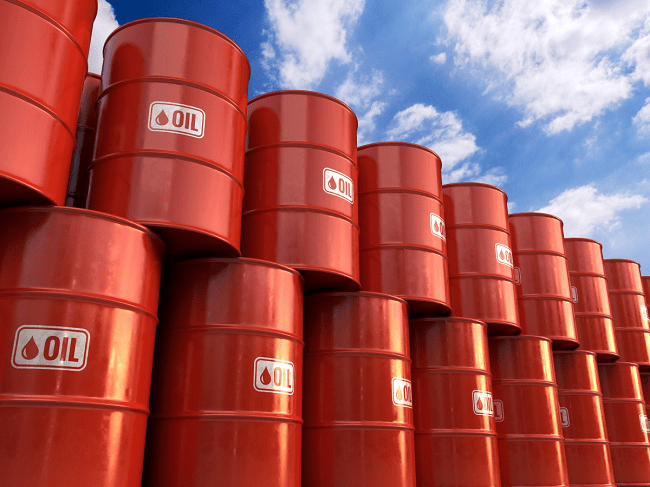Crude oil prices surged to $90 per barrel for the first time in 2023 as supplies tightened and the US dollar strengthened. For the first time since November, the oil market pushed upward, with ICE Brent closing above US$90 per barrel.
The increase was triggered by Saudi and Russian supply restrictions. Saudi Arabia has declared that it will prolong its voluntary supply reduction of 1 million barrels per day until the end of the year. Russia said that it will prolong its export cut of 300 million barrels per day until the end of the year.
While it was widely assumed that these voluntary cuts would be extended, most people expected a one-month extension rather than a three-month extension. This leaves the market with a larger-than-expected deficit in the fourth quarter of 2023, which should be mitigated.
“For now, we are reluctant to revise higher our price forecasts on the back of this extension, as demand concerns continue to linger and Iranian supply is rising”, ING analysts said in a note. Iran is producing close to 3.1MMbbls/d and plans to pump around 3.4MMbbls/d. Meanwhile, our oil balance shows a small surplus in the first quarter of 2024, which should limit prices moving significantly higher.
“We continue to forecast that Brent will average US$92/bbl over the fourth quarter of this year”, analysts added. Looking further ahead, analysts at ING said they would not rule out a further extension of these cuts (fully or partially) into early next year, given that our balance sheet shows that the oil market will be in a small surplus over the first quarter of next year.
Any cuts will obviously depend on where oil is trading towards the end of the year and whether demand worries are still present.
The oil market managed to edge higher yesterday with ICE Brent settling at US$89/bbl, although trading volumes were relatively subdued owing to a public holiday in the US. Sentiment in the oil market remains largely constructive, particularly with a largely bullish narrative coming out of the ongoing APPEC week in Singapore.
The strength of flat price over the last week has been accompanied by stronger time spreads, with the prompt spread strengthening to a backwardation of US$0.75/bbl, up from US$0.39/bbl at the start of last week. Meanwhile, the Dec’23/Dec’24 spread is now trading above US$6/bbl.
“These stronger spreads suggest that we will continue to see a tightening in the physical market, something which our balance sheet also shows through until the end of this year.”, ING said in a note
Given that the market is only expected to tighten further, this suggests that there is room for further upside in both the flat price and time spreads. As for natural gas, negotiations between Chevron and unions do not appear to be progressing well. Partial strike action at the Gorgon and Wheatstone LNG facilities in Australia is set to commence on 7 September.
However, the Offshore Alliance has now said it has served Chevron with further notice for full rolling stoppages from 14 September.
This is likely to provide some support to gas prices today and comes at a time when there is ongoing maintenance work at the Norwegian gas field, Troll, which has seen flows from Norway falling to around 130mcm/day, compared to more than 300mcm/day in mid-August
















